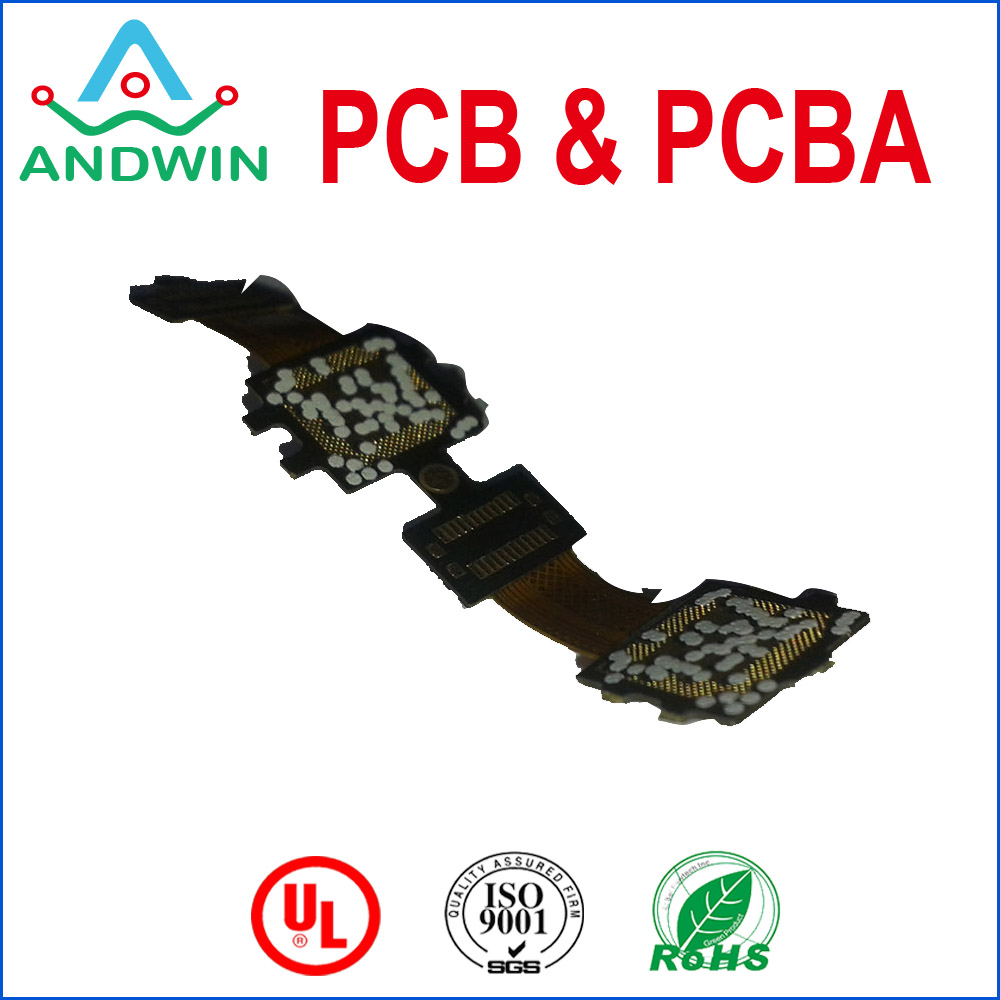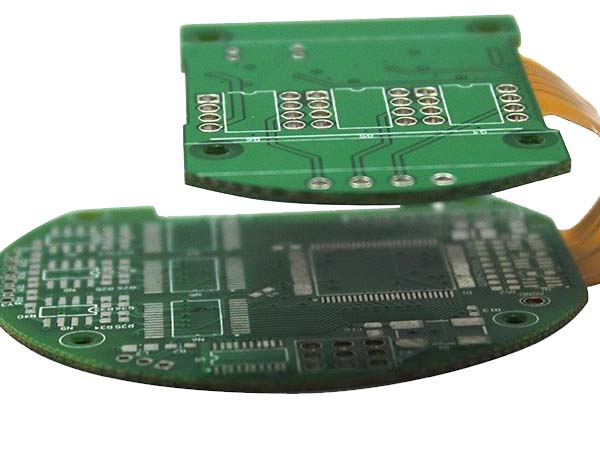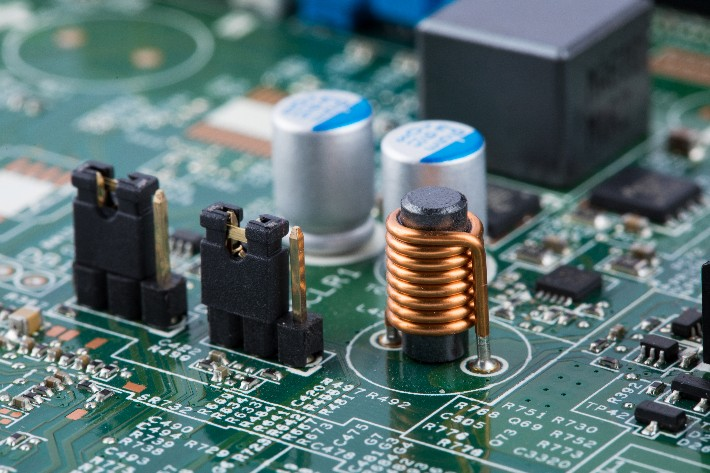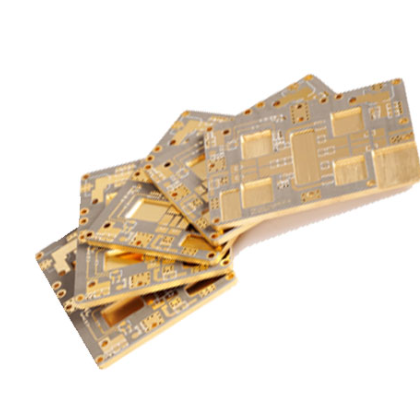Cost Effective Rigid-Flex PCBs
How to caculate the cost of rigid flex pcb?
There are several factors that can affect the cost of a rigid flex PCB. Here are some of the key factors to consider when calculating the cost:
1. Size: The larger the PCB, the higher the cost.
2. Number of layers: The more layers a PCB has, the more expensive it will be.
3. Material: The type of material used in the PCB can impact the cost. For example, using high-quality materials like FR-4 or polyimide can increase the cost.
4. Complexity: The more complex the design, the higher the cost. This includes features like blind vias, buried vias, and microvias.
5. Quantity: The more PCBs you order, the lower the cost per unit.
To calculate the cost of a rigid flex PCB, you can use an online PCB cost calculator or contact a PCB manufacturer and request a quote based on your specific requirements. Be sure to provide as much detail as possible about your design, including the size, number of layers, materials, and any special features.

Advantage of Rigid-Flex PCB
1. Space saving
Rigid-flex PCBs are flexibility to manufacture the board to fit into the device, rather
than making a device considering the specifications of the board.
Nowadays, electronic devices from small remote controllers to highly precise radar systems
are designed to be compact, lightweight, and flexible.
Rigid-flex PCBs are contributing largely to meet these criteria.
2.Moneny saving
There is pretty less number of inter connections in the case of rigid-flex PCBs.
Moreover, they are constructed without utilizing solder joints or connectors.
Also,the assembly of the rigid-flex PCBs doesn’t require more of the materials. Therefore
the manufacturing, as well as the cost of procuring material, is drastically reduced.

3.Mechanical Stability
The interchanging layers of circuits form a strong foundation.
he rigid boards provide stability, while flexible boards provide the flexibility required
for installation in small spaces.
Rigid-flex PCBs could helps to reduce the number of connector components in an
application.
It is make the electronic systems more stable.
4. Security
Other common benefits include flexible design options, high circuit board density,
high heat dissipation, and excellent resistance to chemicals, radiation, etc.
The lack of connectors and connecting cables accomplishes several things:
Improves the ability of the circuit to transmit signals without loss,
Accommodates controlled impedance,
Eliminates connection problems such as cold joints,
Reduces weight, frees space for other components.
All of those are ensure the Rigid-flex PCBs more security than other common rigid PCBs.








